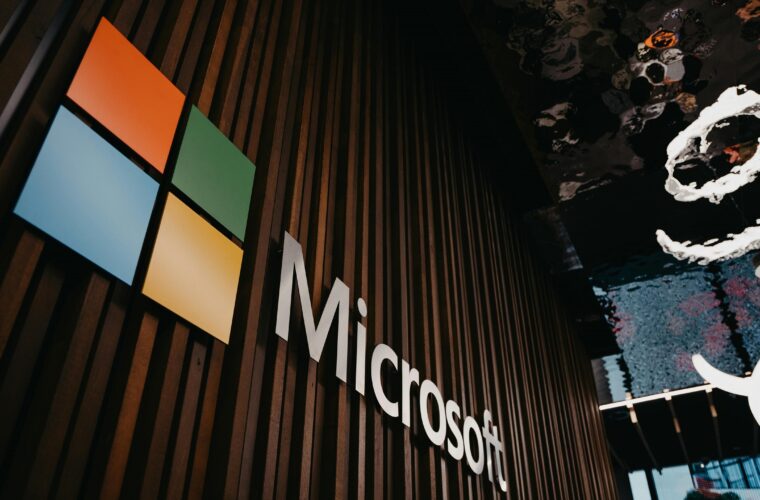Semiconductors are the main element behind a multitude of products we use every day, from cars to generative artificial intelligence apps such as ChatGPT. Mckinsey called them “the unsung heroes of the tech world” when it touted their shortage in May as a key reason for the downturn in major hi-tech markets, from smartphones to computers. But something is changing. Last week, Apple unveiled its latest Macs, which rest on M3 chips. Since Apple abandoned Intel hardware three years ago, it has set new performance and battery life standards, so much so that it has surpassed much of the PC scenario. Cupertino’s chips are based on ARM, a subsidiary of SoftBank, and stand as an essential alternative to Intel’s X86 technology.
And that’s not all: Qualcomm unveiled its first chip on Nuvia cores a few days ahead of Apple, an organization acquired in 2021 and founded by some former Apple engineers. According to some reports, Nvidia, a well-established name in making semiconductors for artificial intelligence, is also reportedly working on ARM platform semiconductors aimed at laptops. In that landscape, Intel, which is the most recognized name in the context of chip manufacturing, sees as sliding doors Meteor Lake, the marketing name for Intel 4, the new architecture on which the giant will base next-generation notebooks, including the Yoga Pro 7, expected in the first week of December.
Modern landscape
Apple’s plans for self-sufficiency on modem chips began more than five years ago during a legal battle with Qualcomm over royalties that ended in 2019. In 2020, Qualcomm agreed to provide 5G modem chips for iPhones 12 and later models. Only a few months after resolving the dispute with Qualcomm, Apple hinted that it would sever its relationship with the supplier: it bought Intel’s modem division (one of the top microchip companies) for $1 billion. It hired many staff (including wireless technology experts from MediaTek and Qualcomm itself). At first, Apple thought it could develop modem chips by 2024.
The modem chip landscape is the most important one, however. But it is still at an early stage of development. According to Bloomberg’s sources, the first version of the component, when completed, will still lag behind the competition, remaining so for several years: the Apple modem does not support (but iPhones do) mmWave technology, which allows connection speeds almost five times faster than standard. Qualcomm’s technology is superior, widely deployed, and therefore well-trodden. Apple must be careful not to infringe on the vendor’s intellectual property, to whom it currently pays a fee of about $9 for each iPhone containing its technology.

AI is the X-factor
In short, AI will play a key role in an industry in turmoil. The high processing demands of artificial intelligence have increased the focus on NPUs, or neural processing units, the parts of a chip that handle advanced algorithms. This is an area where Nvidia, as mentioned, leads the way but where Qualcomm can give much satisfaction, given the recent Snapdragon 8 Gen 3, a gaming-focused, AI-powered chipset. Moving into the field of smartphones, Qualcomm has the advantage, but its opponents have some precious cards on their side.
Think of Google, which since 2016 has been working on Tensor, an ARM-based processor that in 2020 took the form of a chip built around artificial intelligence. The Tensor G3 on the Pixel 8 and 8 Pro enables a range of possibilities in harnessing AI like no phone before, opening up an important evolutionary era capable of marking the future of mobile technology. Not to forget MediaTek, of Taiwanese origin and known for making semiconductors in fabless mode, that is, without having a factory, by outsourcing production. Coming out in November was the MediaTek Dimensity 9300, a rival to the Snapdragon and said to be 10 per cent superior in performance. It is expected to debut on the Find X7, Oppo’s next brand phone. It is still premature to talk about Samsung and its Exynos 2400, which will show up on the Galaxy S24 series as early as January 2024.



